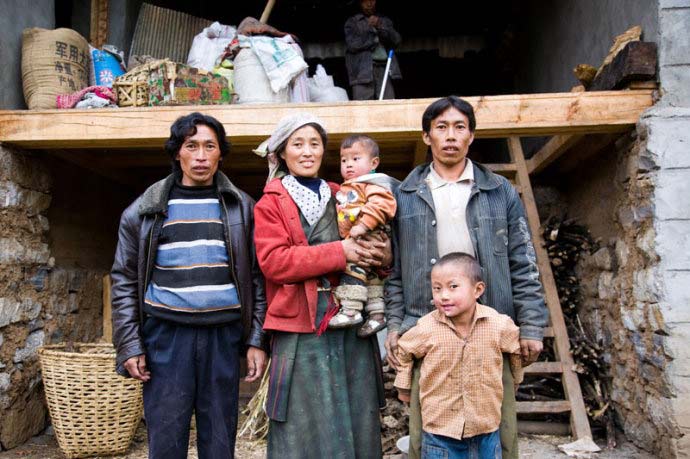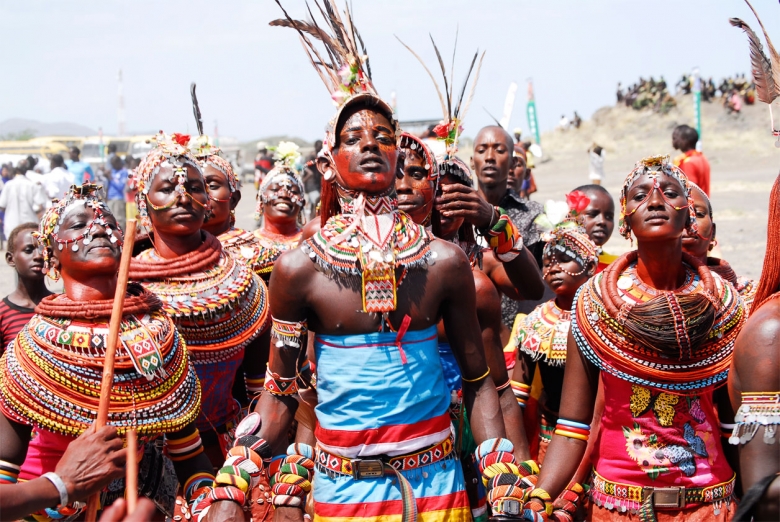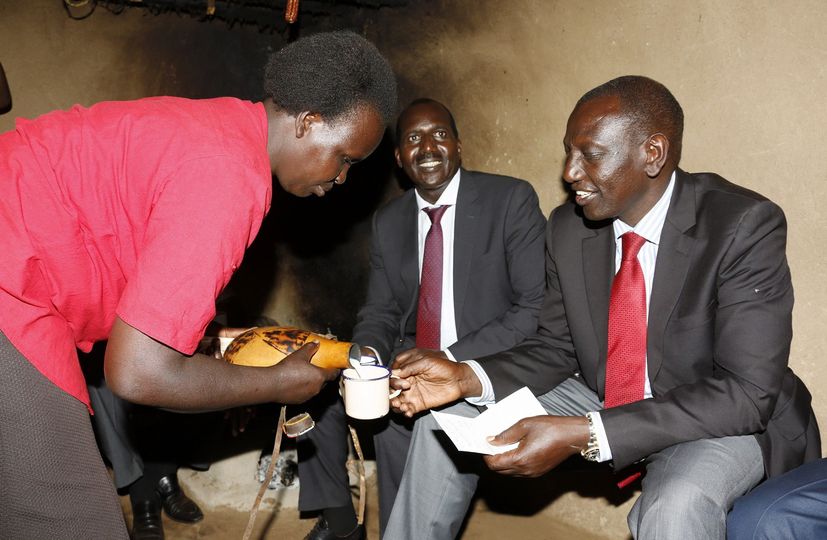Polyandry, or the practice of a woman having multiple husbands, is less common than polygamy, and It is legal in only a few societies, mostly in isolated communities or tribes.
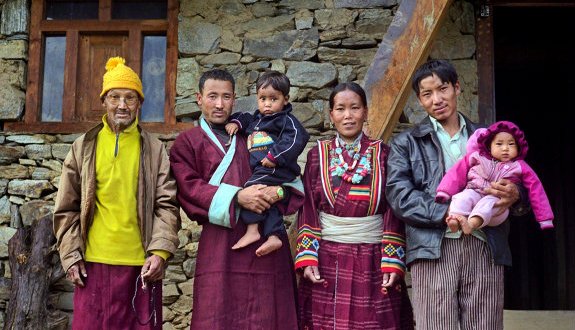
One of the most well-known examples of polyandry is in India's Himalayan region, where the practice is known as "fraternal polyandry." This practice is most common in Himachal Pradesh and Uttarakhand, where land and resources are scarce. In these communities, brothers frequently share one wife to conserve resources and keep land in the family.
The Mosuo tribe of China has a matrilineal system in which property and lineage are through the mother's line, another example of polyandry. A woman in this tribe can have multiple partners, but they are not "husbands." Instead, they are referred to as "walking marriages" and are considered temporary partners.
Did you read this?
In Tibet, a type of polyandry known as "Nyiyim-ril" exists in which a woman marries all of her family's brothers. This act keeps the property within the family and avoids land division.
In societies such as Minangkabau of Indonesia, the practice of Polyandry gives women more autonomy and control over their lives. Women, for example, have more control over property and inheritance in matrilineal societies.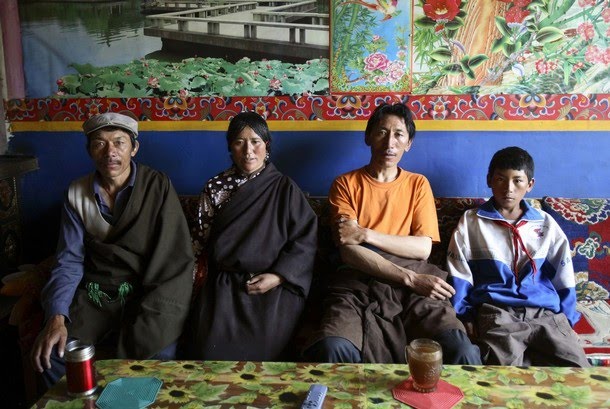
The Bribri people of Costa Rica have a matrilineal system of inheritance in which women are considered the head of the household and can have multiple partners.
The Garo people of India also practice fraternal polyandry, in which brothers share a wife to keep land and resources within the family.
The Khasi of India: The Khasi of the Indian state of Meghalaya have a matrilineal system of inheritance and property in which women have multiple husbands and children who are considered members of the mother's clan.

